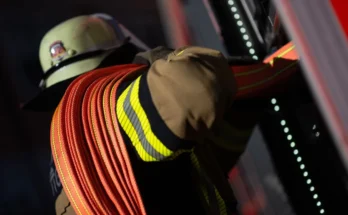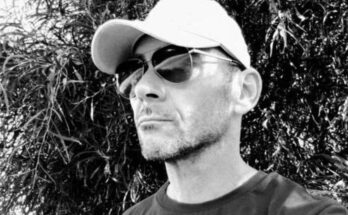At least 200,000 troops are deployed in Venezuela to counter the so-called “imperialist” US threat, while tensions rise in the Caribbean with the arrival of the aircraft carrier USS Gerald Ford, the largest under the Pentagon’s command, which moves to join its strike group of more than four thousand sailors and dozens of fighter planes. And while Venezuelan Defense Minister Vladimir Padrino Lopez, who is leading the mobilization in the South American country, assured that “the people are ready to fight to the death”, opposition leader Maria Corina Machado instead spoke of “decisive moments” for the defeat of the Chavista regime, promising an “orderly, peaceful and irreversible transition”. Meanwhile, Moscow, linked to Caracas through a strategic cooperation partnership, delivered cargo with the first shipment to strengthen the air system, with Pantsir-S1 units and Buk-M2E batteries. The deployment of Venezuelan troops began at dawn. The region of Apure, Cojedes and the capital region, Caracas, were the first to activate forces and means, after the South American leader announced the law on the Integral Defense Command of the Nation. A provision aimed at establishing strategic lines of action, to safeguard “sovereignty, peace and territorial integrity”. “This law adopts the Bolivarian Zamorana military doctrine in the face of threats from foreigners,” Maduro assured, explaining that the armed forces in this phase have the aim of protecting “sensitive infrastructure such as electricity, water, gas, food supplies, service stations, transportation and main communication lines.”
In fact, the army prepared for a potential invasion by studying guerrilla action: on the one hand, a clear recognition of the shortcomings of Venezuela’s defense system, but also a strategy that had produced results against the United States, from Vietnam to Nicaragua. The idea is “prolonged resistance”, as the government put it on state TV, with small military units engaging in tactical actions and sabotage at more than 280 points across the country. The activity, which involved around 60 thousand people between the army and the national guard and was intended to be accompanied by a strategy of “chaos and anarchy”, relied on the secret services and supporters of the Chavista establishment to create chaos in the main cities and make the country ungovernable. In this dirty war scenario, following the US bombing of suspected narcotics ships, which led to the death of at least 76 people, concerns are also rising for hundreds of political prisoners who were victims of post-election repression and disappeared in the cells of the Maduro regime. “We are monitoring the situation in Venezuela and our detained citizens very carefully. We are doing everything to get them out of Caracas prisons”, said Foreign Minister Antonio Tajani, repeating his intention to “bring home the Italian prisoners, including Trentini”, who has now been imprisoned for a year.
Reproduction protected by law © Copyright ANSA



